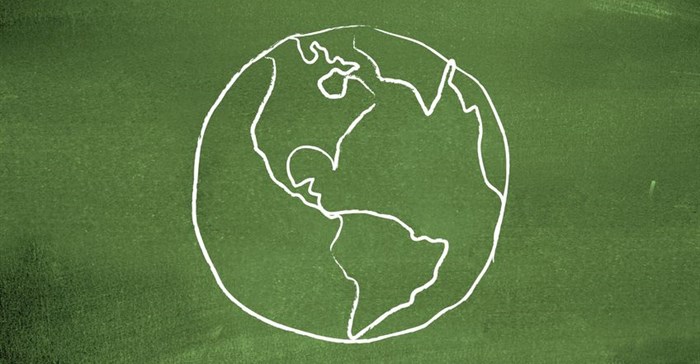At a time when more and more companies are talking about 'brands with purpose', Unilever has put some definition and measurement behind what it calls 'sustainable living brands' - meaning brands that contribute to one or more of the Unilever Sustainable Living Plan (USLP) goals and have a sustainable living purpose.
The USLP has a global focus with the aim of making sustainable living commonplace. Many of Unilever's South African brands (such as Lifebuoy, Domestos and Ola) that have led the way on sustainable living are achieving above average growth, with high single and double digit sales over the past three years. Sustainability specialists from NGOs, government, academia and business recently gathered at Unilever's London headquarters to review progress on the fourth year of the USLP.
"Once Unilever's 2014 results were examined, it became clear that growth and sustainability are not in conflict, but rather that sustainability in fact drives growth," said Peter Cowan, Unilever South Africa chairman and senior vice-president. "This encourages Unilever to continue striving for business growth, while decreasing its environmental footprint and increasing its social impact."
The business case also now extends to the investment community, which is becoming increasingly aware of the risks and opportunities of managing in a new economic ecosystem where the interdependencies are more complex and unpredictable. This is evidenced by the growing number of institutions moving capital into businesses that will help realise a low-carbon future.
Challenges to overcome
The company confirmed that it is on track to meet most of the USLP goals, which it set in 2010. However, while the elements within its micro-environment have proven easier to control, the macro-environment still presents challenges which must be overcome. The consumer element of the reducing environmental impact goal remains more challenging, and heavily dependent on wider market shifts. Unilever has started to decouple its environmental footprint from its underlying sales growth.
"Despite this, we are proud of what has been achieved and look forward to reaching further, overcoming the macro-economic obstacles and building on a foundation of sustainable brands for sustainable growth in South Africa," confirmed Cowan.
The consumer element of the reducing environmental impact goal remains more challenging, and heavily dependent on wider market shifts. But Unilever has started to decouple its environmental footprint from its underlying sales growth.
Raw materials
More than 55% of Unilever's agricultural raw materials are now sustainably sourced, reducing the risk to supply - more than half way to its 2020 target of 100%. It has achieved its target of zero non-hazardous waste to landfill across its factory network, and is making significant reductions in CO2 from energy and water in manufacturing, reducing them by 37% and 32% per ton of production respectively since 2008.
Against the ambitious target to help improve the health and well-being of over one billion people by 2020, Unilever is nearly 40% of the way (397 million) to reaching it. The company has also enhanced the livelihoods of over one million people so far, having helped and trained 800,000 smallholder farmers since 2010 and provided 238,000 women with access to training, support and skills.
Unilever is committed to working to bring about transformational change throughout the whole value chain and to developing its portfolio of 'sustainable living brands' in a way that meets the needs of consumers, the business and the environment without causing harm. It will continue to measure its brands' sustainability performance systematically, using the learnings from this to drive further progress.











































